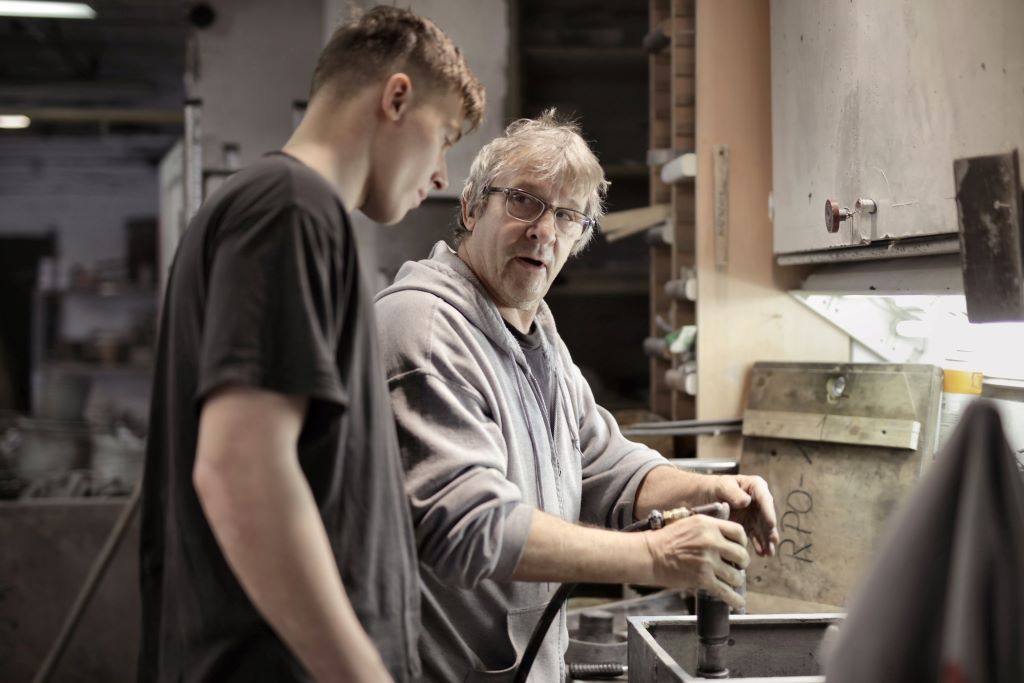Research shows that people across the world are living longer. That means a workforce that skews older, too, as more adults work past the typical retirement age. But these older workers are facing one issue: ageism in the job market and the workplace. How can we ensure these older workers don’t get left behind?
What else matters this week?
Women share the biases they have encountered in their working lives in honor of International Women’s Day – and the advice they would give to others. A new ILO report found that a greater investment in care could create almost 300 million jobs. Is generational prejudice seeping into your workplace? The legislative trends shaping workforce management in 2022. We’ve got a full breakdown of all the top headlines you can’t miss this week.
#1. Work in the era of no retirement.
The world’s overall population is skewing older and older as more adults are living longer. That means an aging workface, with many adults working well past the typical retirement age. In fact, older adults are the fastest-growing part of the American workforce. Two years from now, nearly 25% of the workforce will be 55 and older. But they’re facing a key problem: ageism in the job market and workplace. Older workers do not cost more than younger workers. Older workers are not technology averse. And their longevity adds a lot of value to your workplace. By recognizing older workers’ values, and changing upskilling and learning techniques, companies can create a thriving five-generation workforce. Read more at Harvard Business Review.

#2. Machine learning is boosting manufacturing.
Researchers surveyed more than 100 high-performing companies to determine how these companies use machine learning technologies successfully. This first-of-its-kind survey found that the companies seeing the most gains from digital technologies had several things in common:
- Strong governance
- Data availability
- Partnerships
- Employees specifically trained in machine intelligence
Read more at WEF.

#3. Even Google agrees – there’s no going back to the old office life.
The great work-from-home experiment is slowly coming to an end as many organizations call their workers back to the office. But a new era is dawning, where companies are opting to navigate their new normal with hybrid work and flexible work options.
Google, a longtime opponent of work-from-home, is even shifting their perspective on office work. The company told workers they should plan to return to the office in early April – but only for three days a week
“It’s been a long and challenging two years since the vast majority of our people started working from home,” wrote John Casey, Google’s vice president of global benefits in an email to employees that was viewed by CNBC. “But the advances in prevention and treatment, the steady decline in cases that we continue to see, and the improved safety measures we have implemented across our Bay Area sites now mean we can officially begin the transition to the hybrid work week.”
Read more here.

#4. Should in-office workers be paid more?
A growing number of workers are reluctant to step back into the office. One survey found that 54% of remote workers would consider quitting if their companies tried to force their return to work. If workers are giving up their work-from-home benefits, should they be paid for it?
To attract these workers, some companies are offering elevated pay and extra perks to draw workers back to the physical office. However, workers may prize flexibility over compensation In addition, creating different compensation tiers may actually exacerbate pay gaps for women and minorities. Read more at the BBC.

#5. The boomerang employees returning to previous employers – with new skills and new experience.
In 2018, Lien Ceulemans left Salesforce and took a new job at Google. In 2021, she returned to Salesforce, becoming a “boomerang” employee.
“The people I used to work with reached out when a role came up,” Ceulemans told the Financial Times.
It may seem odd to return to a previous employer, but it’s more common than most people think. LinkedIn found that 4.5 per cent of new recruits on its platform were boomerangs last year compared with 3.9 per cent in 2019.
There are advantages to the employee, of course: you’re familiar with the workplace culture, and it can be easier to integrate with the company.
Of course, there are also advantages for the employer: you may save money on recruitment and training costs all while increasing productivity. One Cornell study found that boomerangs outperformed new hires,especially in roles that involved “relatively high levels of administrative co-ordination, such as project manager and purchasing agent that encompass planning, goal setting, scheduling, and the application of organisational routines and rules.” Read more at the Financial Times.




